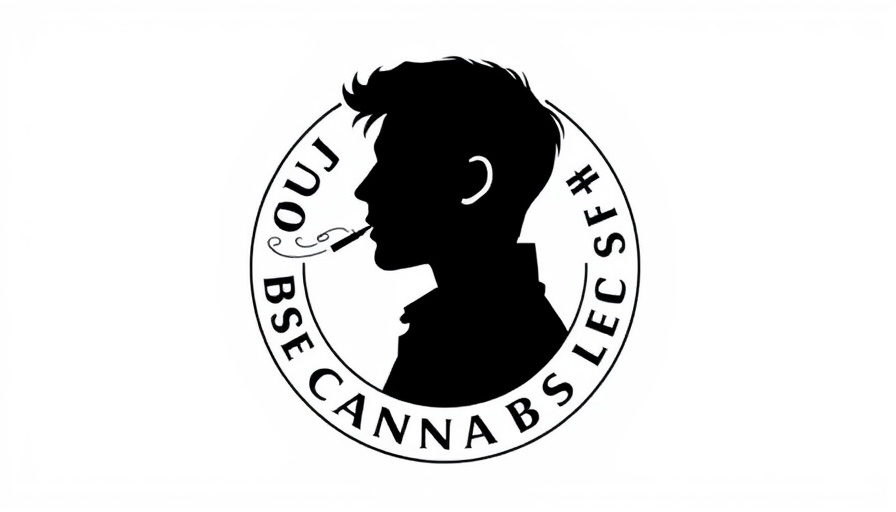
Understanding the New Cannabis and Hemp Edibles Guide
The recent release of the "Packaging and Labeling Guide for Cannabis and Lower-Potency Hemp Edible Products" marks a significant step in the regulation of edible cannabis products. This important document, updated as of August 8, 2025, provides crucial directives for manufacturers. It aims to standardize product labeling, ensuring that consumers across various jurisdictions can better understand what they are purchasing.
Why Clear Labeling Matters
As cannabis consumption increases, so does the diversity of available products. Clear labels are essential not just for compliance but also for consumer safety and education. The new guidelines stipulate required elements such as ingredient lists, dosage information, and warnings about potential health effects. This shift signifies a movement towards greater accountability and transparency within the cannabis industry.
Background on Cannabis Legislation
As legalization marches forward in many regions, cannabis regulation continues to evolve. Previous guidelines have often been criticized for their ambiguity, leaving manufacturers unsure of how to comply. The updated guide aims to address these issues and establish a benchmark for quality and safety.
Future Predictions: Impact on the Industry
The implementation of this guide is expected to influence market dynamics significantly. Consumers are increasingly health-conscious and informed; they prefer to understand the products they consume. This trend may lead to companies investing more in quality and transparency, leveling the playing field for all players in the market.
Diverse Perspectives on Cannabis Regulation
While the guide has been positively received by many in the industry for promoting clearer communication, some advocates express concern about potential over-regulation that could stifle innovation. Balancing safety with creativity will be pivotal as these new standards roll out.
The Benefits of Knowing the Guide's Contents
Being informed about these guidelines not only benefits manufacturers but also empowers consumers to make educated decisions about their purchases. A well-informed consumer base can push for higher standards within the industry, ultimately leading to better products.
Steps to Complying with the New Guidelines
For manufacturers keen on ensuring compliance, understanding the intricacies of the guide is vital. Steps include revising current packaging to meet new specifications, providing training for staff on the new labeling norms, and employing third-party audits to confirm compliance.
Through this guide, stakeholders will find their footing in a rapidly changing landscape. Whether consumer, producer, or advocate, everyone stands to gain from a more informed and regulated marketplace. The clarity this guide provides could be the framework we need for a responsible and thriving cannabis edibles industry.
Encouraging Responsible Consumption
The ultimate goal of these regulations is to encourage responsible cannabis consumption. By equipping the public with the necessary information, we pave the way for informed choices that spark positive conversations about cannabis.
 Add Row
Add Row  Add
Add 




Write A Comment